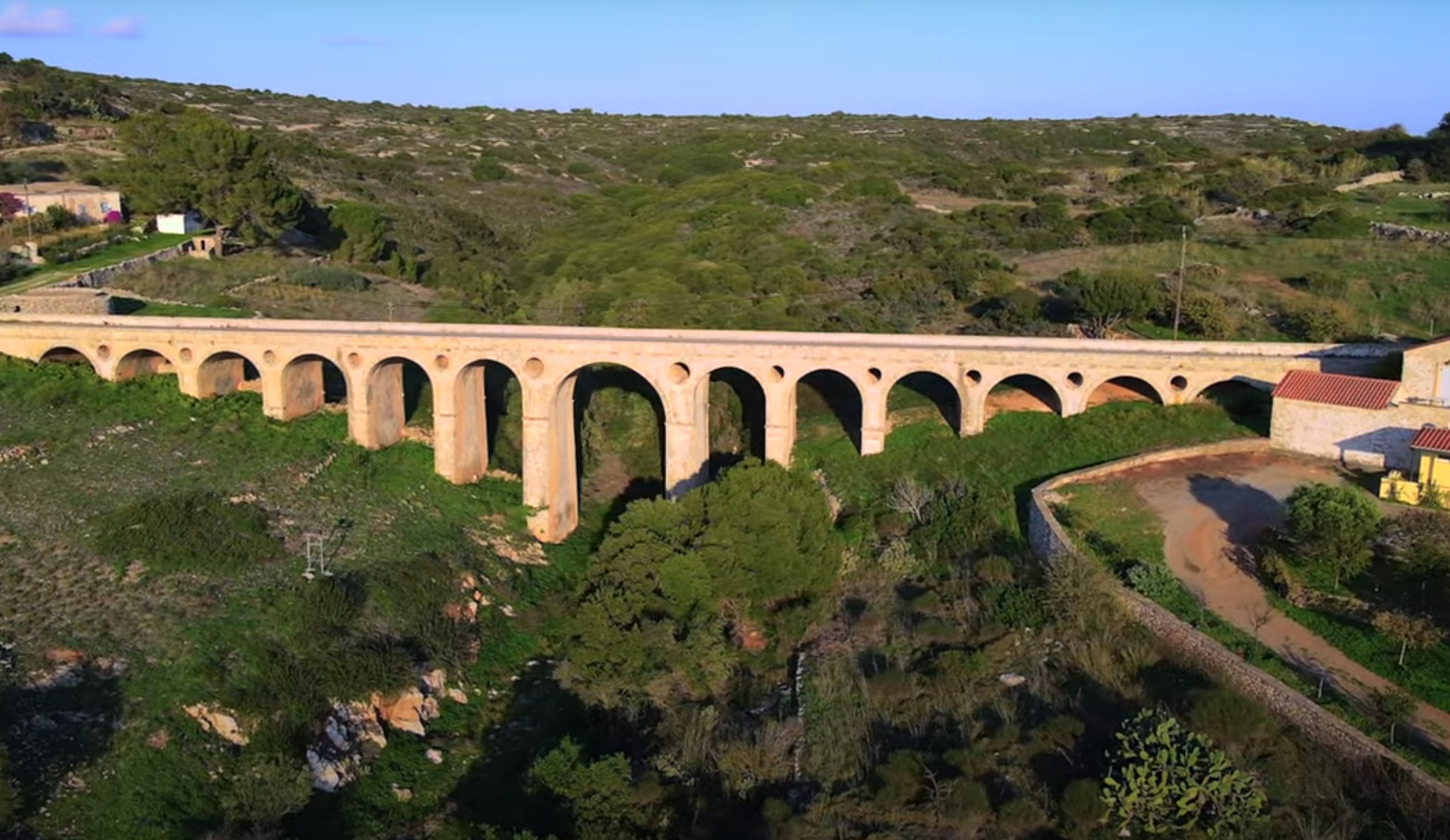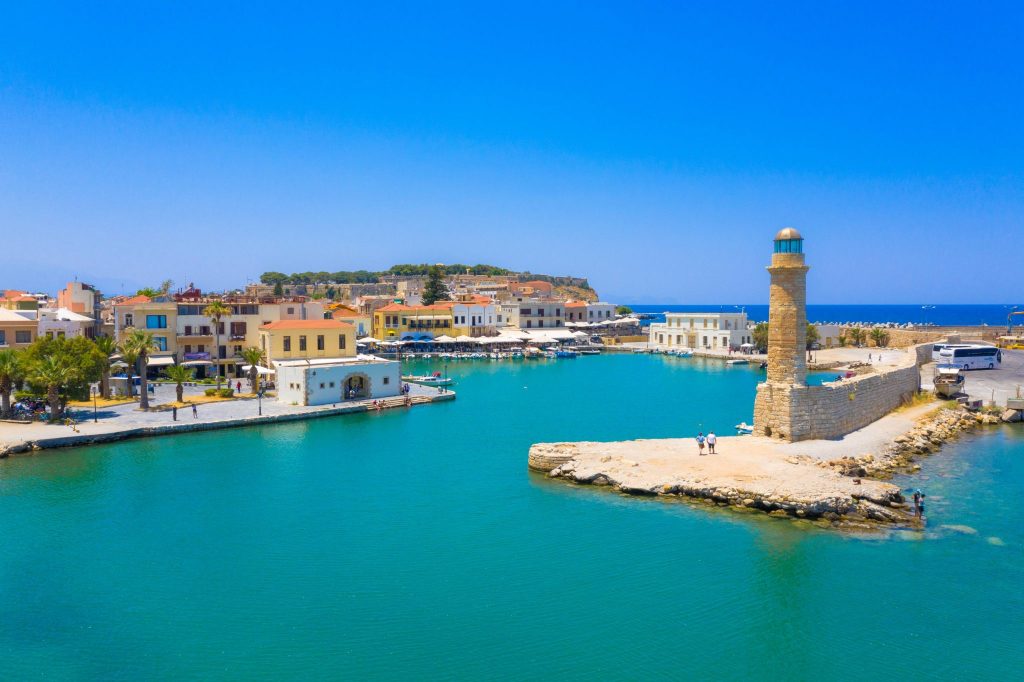Kythira island (Kythera), nestled off the southeastern tip of the Peloponnese peninsula in the southwestern Aegean and one of the seven primary Ionian Islands, proudly hosts Greece’s largest stone bridge.
Constructed during the English rule (1815-1864) two centuries ago, the imposing Katoúnio Bridge in Kythira remains a remarkable testament of great engineering. Designed by British engineer John MacPhail during his tenure as a surveyor on the island, the bridge spans 110 meters in length, standing 15 meters tall and 6 meters wide. Supported by 13 arches and 12 piers, it stands as a symbol of architectural symmetry and local craftsmanship.
Despite its grandeur, the bridge remains relatively unknown to most. Situated in the village of Katouni, it was constructed by local residents under the guidance of Macphail and based on the study by Italian engineer Evaristo de Chirico.
Completed in 1826, the bridge was intended to be part of a road network connecting the capital city of Kythira to the port of Avlemonas on the eastern side of the island. However, this ambitious plan was never realized as the British withdrew in 1864 following the union of the Ionian Islands with Greece, in accordance with the Treaty of London.
Legend has it that MacPhail’s affection for a local island girl fueled the bridge’s construction. In the myth, he is depicted as deeply in love with the girl from Katouni. Motivated by love, he built the bridge near her home, visiting daily to oversee construction and steal glances of his beloved.



